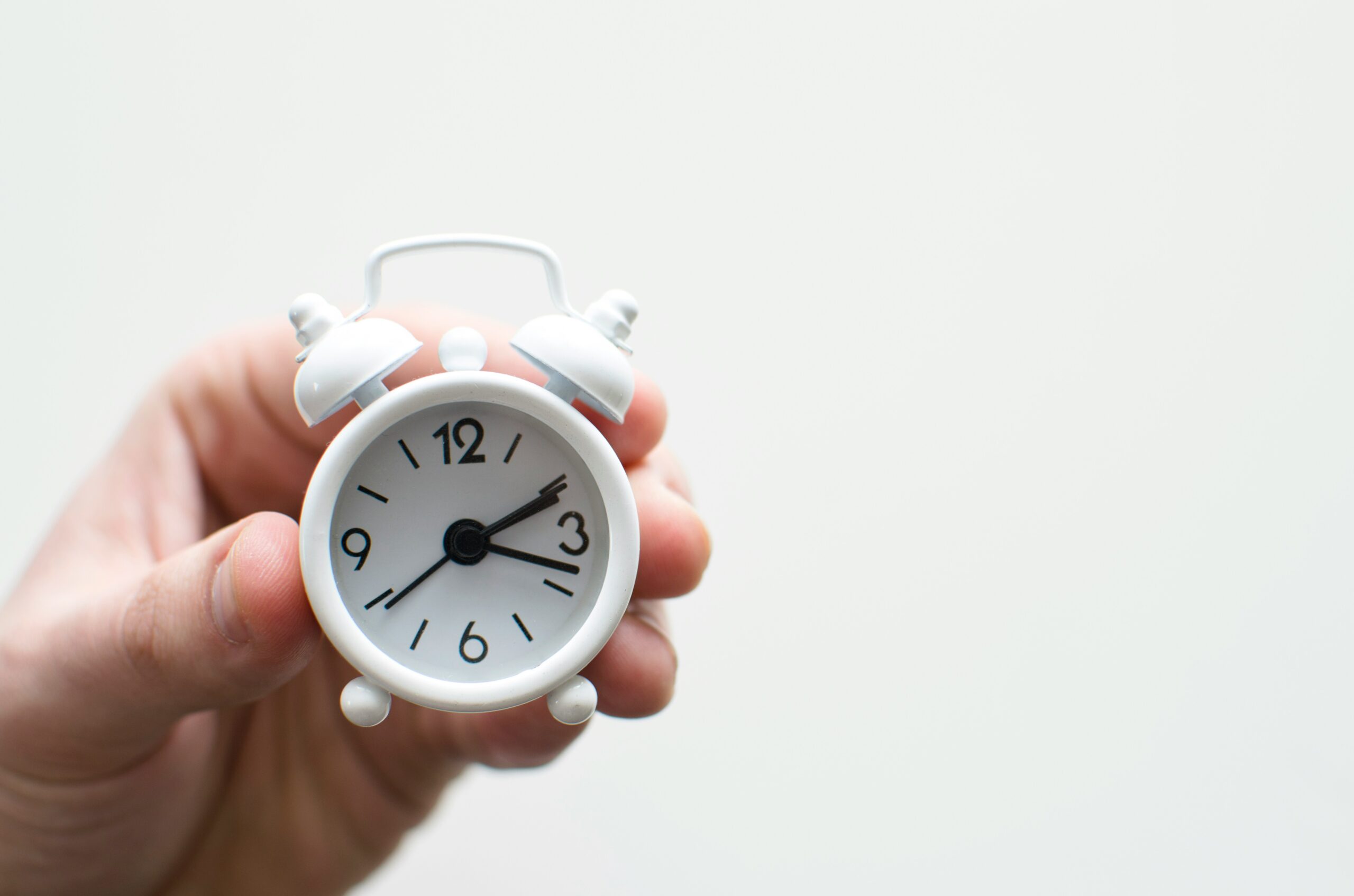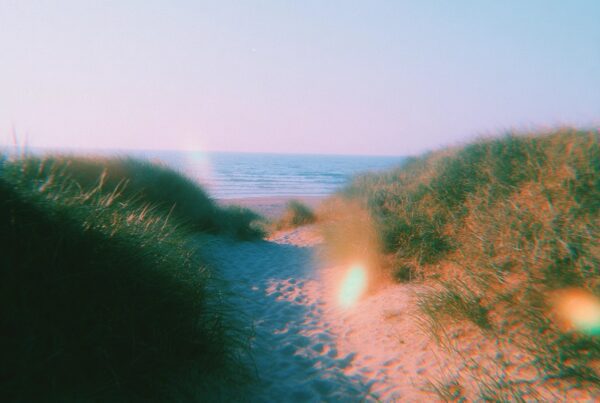Studio Ghibli Meets AI: ChatGPT Sparks Artistic Innovation and Legal Debate
By Coby Mendoza

The digital landscape is currently ablaze with a fascinating phenomenon: the explosion of Studio Ghibli-inspired imagery generated by ChatGPT’s latest AI capabilities. From reimagined movie scenes to personalized portraits, the distinctive aesthetic of the beloved Japanese animation studio is being democratized, sparking both artistic excitement and complex copyright debates. This surge in AI-generated Ghibli-style art marks a pivotal moment in how we perceive creativity, technology, and the very nature of artistic expression.
The Ghibli Aesthetic: A Digital Renaissance
The essence of the Ghibli style lies in its enchanting blend of whimsical characters, lush landscapes, and a profound sense of emotional depth. This unique visual language, popularized by films like Spirited Away and My Neighbor Totoro, has now been harnessed by AI, enabling users to transform ordinary photos into captivating Ghibli-esque scenes. Users are leveraging ChatGPT’s advanced image generation features to effortlessly replicate this iconic style, leading to a viral sensation that has captivated social media.
Individuals are rapidly producing portraits and scenes that echo the warm, detailed, and evocative style of Studio Ghibli. This technological leap allows for a creative accessibility previously unimaginable, expanding the potential for artistic expression to a broader audience.
The appeal of this trend is undeniable. It’s not just about replicating a style; it’s about infusing personal images with the magic and nostalgia that Ghibli films evoke. The ability to generate such high-quality, stylistically consistent images without extensive artistic skills has democratized a form of creative expression once limited to those with specialized training. Even venture capital firms are joining the trend, showcasing the widespread appeal of this emerging technology.
Prompting the Magic: How Users Are Creating Ghibli Art
The process of generating these images is remarkably straightforward, thanks to the intuitive nature of ChatGPT’s interface. Users act as digital directors, inputting detailed prompts to guide the AI in crafting their vision. These prompts typically include visual and stylistic cues associated with Studio Ghibli’s beloved elements—soft lighting, vibrant natural settings, and charming character designs.
For example, a user might prompt: “Studio Ghibli style, soft pastel colors, detailed background of a forest, whimsical character with large eyes.” This level of descriptive control empowers users to tailor each image to suit their personal aesthetic and storytelling goals, resulting in a stunning variety of creations.
Perhaps one of the most exciting aspects is that these tools are accessible without subscribing to ChatGPT Plus. This open access expands creative opportunities to anyone with internet access, leveling the playing field for digital artistry and enabling global participation in the trend.
The Copyright Conundrum: Navigating Uncharted Waters
As with any great technological leap, the boom in AI-generated Ghibli-style art has not come without controversy. Central to the discussion is the issue of copyright. Who truly owns the rights to works generated by AI that emulate an existing artistic style?
Legal experts and creatives alike are split on the answer. On one hand, users are generating new content based on their unique prompts. On the other, these creations draw heavily on a style intimately linked to Studio Ghibli, which raises legitimate concerns about intellectual property infringement.
Current copyright laws were not designed for the age of generative AI, making the legal rights behind such creations murky at best. Questions abound: Does the user own the image? Does OpenAI, as the technology provider, claim ownership? Or does Studio Ghibli have grounds to assert control over the mimicry of their distinctive aesthetic?
Moreover, as commercial interest in AI-generated images grows, the potential for legal disputes increases. Companies or individuals using these images for brand campaigns, merchandise, or monetized content may find themselves in legal hot water. This creates an urgent need for clearer regulatory frameworks to govern AI-generated creative works.
Societally, critics are beginning to ask if this whirlwind of AI-generated Ghibli-style art could have long-term repercussions for the value we place on original art and the livelihoods of professional artists.
Beyond Ghibli: A Glimpse Into the Future of AI Art
While the Ghibli trend is currently in the spotlight, it serves as a microcosm for what’s happening in the broader world of AI-driven creativity. Generative art tools are evolving rapidly, mimicking everything from Van Gogh to Pixar. The creative industries—animation, illustration, digital design, and marketing—are all being reshaped by these advances.
The latest version of ChatGPT’s image generator, which is now available for free, offers incredible precision and flexibility. As more people gain access and become adept at refining their prompts, we can expect a surge of high-quality, AI-assisted content across every corner of the internet.
This progress brings with it a dual-edged sword: increased creative potential for users worldwide, but also deeper concerns around intellectual property, job displacement, and authenticity. What does it mean to be an artist when machines can produce in minutes what once took humans hours or days?

Conclusion
The AI-generated Studio Ghibli art boom is more than just a passing trend—it’s a signal of a seismic shift in how we create and consume visual content. Tools like ChatGPT are not just enhancing creativity; they’re redefining what creativity looks like in the modern age. But alongside the thrill of innovation comes a pressing responsibility.
As we continue to explore new frontiers in AI artistry, it’s imperative that we build frameworks that both encourage innovation and respect the rights of original creators. The conversation about AI, art, and ownership is just beginning—and it’s one in which every artist, technologist, and consumer has a role to play.
In the end, the goal must be to find balance—a space where human imagination and artificial intelligence collaborate, rather than collide.


